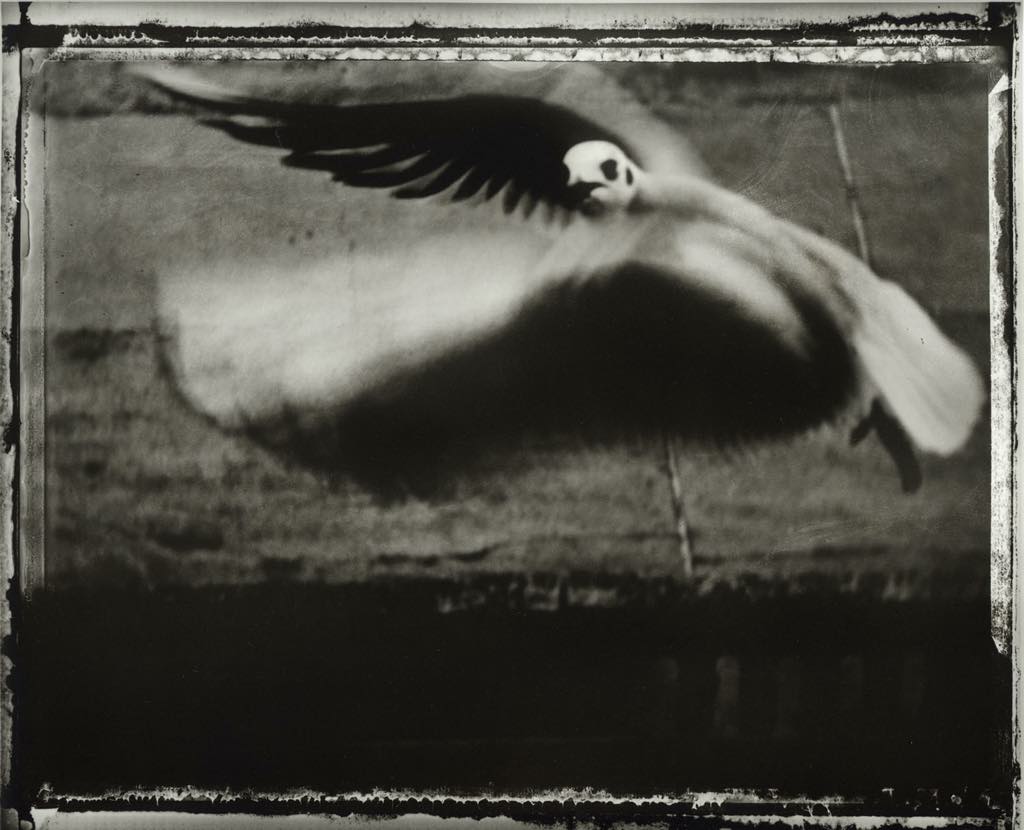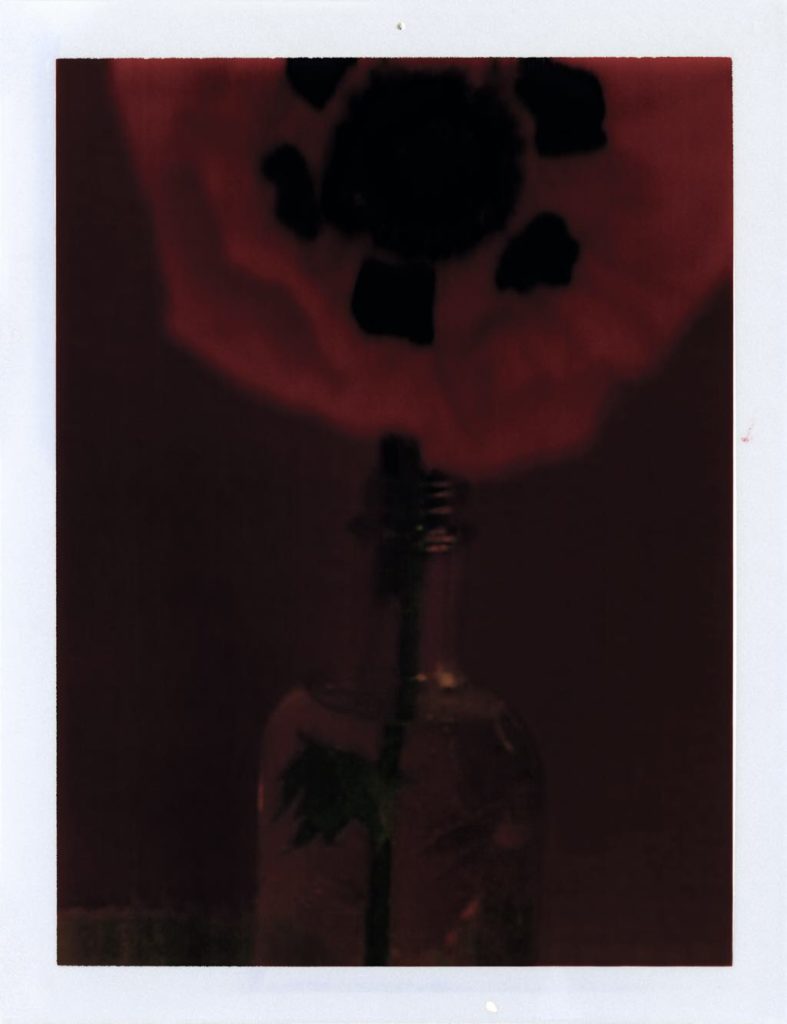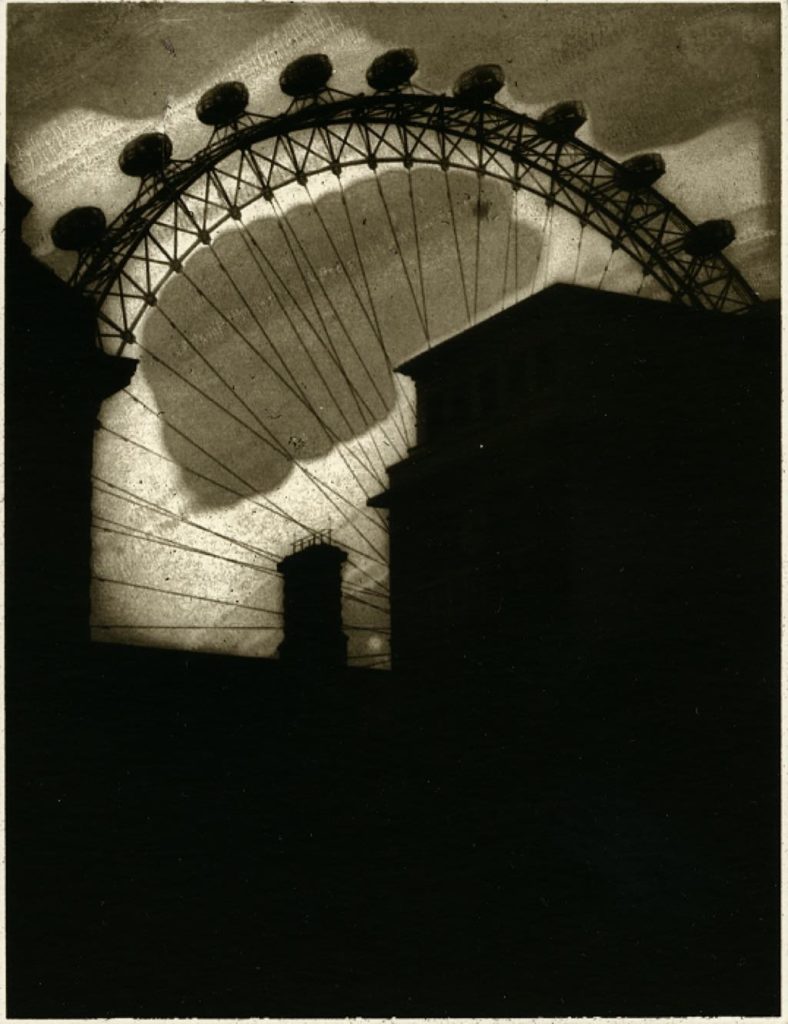I have to admit that, not knowing much about her and having a vague memory of fuzzy, romanticized fashion photos, I was not expecting much from the exhibition “Sarah Moon: PasséPrésent” at the Musée d’Art Moderne de la Ville de Paris. I couldn’t have been more wrong about that and ended up loving the show.
Moon is an original. Her work has a dark side that I was unaware of, and even her fashion photos are works of art with little commercial thrust.
She was born Marielle Warin in occupied France in 1941 to a Jewish family, which fled to Britain, where she grew up. After starting out as a fashion model herself, she changed her name to Sarah Moon when she decided to devote herself to photography. The fact that she is an autodidact probably explains why her work does not look like that of any other fashion photographers of her day (most of them men, at least in the 20th century).
Moon participated in the design of this non-chronological exhibition, which presents – in addition to selected photos – her films and books, mixing them all up to create a highly personal installation.
The title of the show is explained by this quotation from T.S. Eliot’s Four Quartets, reproduced in the show: “Time past and time future / What might have been and what has been / Point to one end, which is always present.”
The images are interspersed with her own words, explaining her approach to taking pictures: “I watch out for the unpredictable, waiting to recognize what I have forgotten,” she says. “I hope for an accident and want more than anything to be moved at the moment I shoot…. I invent a story that does not exist. I create one place and erase another.”
Her images are dark in both senses: in their lack of light and their haunting, sometimes menacing atmosphere, both aspects that call to mind one of her influences: German expressionist films of the 1930s.
I wasn’t wrong about one thing: many of her images are blurry, intentionally so, and not for soppy romantic reasons. Even the lovely color fashion photos are dark and blurred. One of my favorites here is “La Robe à Pois” (1996), in which the model, in a green, almost clownish dress with gigantic black polka dots, hides her eyes with her hands.
That is one of many photos in which the subject’s eyes are hidden by her hands. In others, women’s eyes are masked, closed, covered by a hat or veiled. In the black-and-white “La Fille de l’Écluse” (1990), the eyes of a young girl who is posed against a stone wall are obliterated by a streak of white, presumably a manipulation of the negative. Why have they been blinded this way? Perhaps there is a hint in a line from Emily Dickinson quoted in the show: “Ourself behind ourself, concealed –“ (“One Need Not be a Chamber – to be Haunted,” 1862). Then there is this quote from Moon herself: “I walk like a blind woman, as if someone else were inside me, in search of the strange alchemy between desire and chance that will suddenly animate me.”
There is nary a man in these photos, but there are many animals, among them parrots, a circus elephant caught in an embarrassing squat, a peacock stripped of his color in a black-and-white image, a dead swan stretched out on a table, a lone marabou seen from the back walking away and a rather frightening seagull (pictured at the top of this page), which seems to be looking knowingly at the camera while one of its wings beats the air in a large blur in the foreground.
Nothing is quite clear in Moon’s poetic, haunting photos, in the same way that nothing is quite clear in a dream.
Favorite




Wish I could be in Paris to see this exhibition… It looks very thought-provoking and visually exciting!